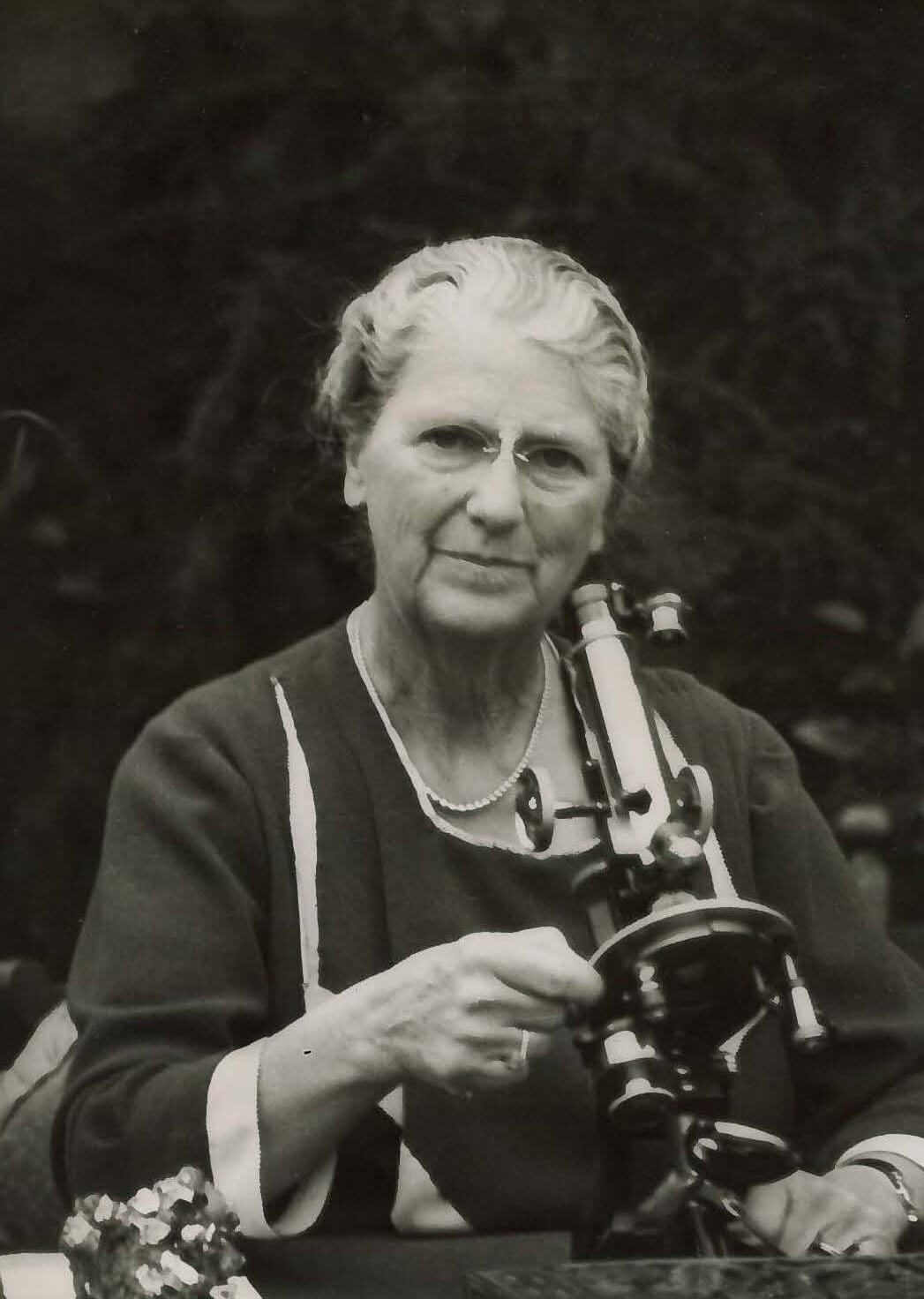The MacRobert Award honours the winning organisation with a gold medal, and the team members a cash prize of £50,000. The presentation of the Award recognises outstanding innovation, tangible societal benefit and proven commercial success.
Past winners have included the engineers behind innovations such as the Pegasus jet engine, catalytic converters, the roof of the Millennium Dome and intelligent prosthetic limbs. Originally founded by the MacRobert Trust, the Award is now presented and run by the Royal Academy of Engineering, with support from the MacRobert Trust and Worshipful Company of Engineers.
History of the MacRobert Award
Named in honour of Lady Rachel MacRobert, the MacRobert Award has honoured the engineers behind the UK’s most exciting engineering innovations since 1969.
Between 1943 and 1950, Lady MacRobert set up a series of trusts to reflect the interests of her husband, and foster ideals and spirit in young people after her three sons died in aviation accidents, two within five weeks of each other during World War II. In response to these tragedies, she donated £25,000 to the RAF to fund a Stirling bomber, called MacRobert’s Reply, and then a further £20,000 to provide four Hurricanes to the RAF, one named after each son and one in her name. The MacRobert Trust remains active today, supporting charitable causes and maintaining the MacRobert family estate in Aberdeenshire.
In 1967 the Board of the Trust was looking for new ways to distribute its charitable funds. Donald Heughan HonFREng,an engineer and Trustee of the MacRobert Trust, was keen for the Trust to make a significant mark. He wrote “I believe the Trustees should be searching for a project which sparks their imagination. It must surely meet the purposes of the various Trust deeds and yet, at the same time, should provide a positive sense of purpose and be of benefit to the country on a wide scale.”
The variety of the award’s recipients reads like a ‘who’s who’ of UK engineering expertise. It all started in 1969 with two joint winners sharing the top prize. Civil engineers at Freeman, Fox and Partners picked up their share for the aerodynamic design of the Severn Bridge’s deck, heralding a new era of bridge building. Meanwhile, Rolls-Royce won their share for the Pegasus engine that powered the Harrier Jump Jet, the world’s first short take-off and vertical landing aircraft.
Since then, the award's finalists have tracked the innovation taking place through the decades - from leaps forward in computing and communication to advances in sustainability and medical technology. Recent winners include the Raspberry Pi microcomputer, a 'breathalyser for disease' from Owlstone Medical , and the world’s first volume produced fully electric digger with zero exhaust emissions, by JCB.
Lady Rachel MacRobert
Rachel MacRobert (née Workman) was born in Worcester, Massachusetts and initially raised in Germany. After her brother Siegfried died of pneumonia in 1893, Rachel’s parents sent her to Cheltenham Ladies College in England to complete her education.
She studied geology at Royal Holloway College, and spent a further year at the University of Edinburgh studying geology and political economy. She was the first woman to attend the Royal School of Mines. Throughout her career, she researched glacial geomorphology, petrology, and mineralogy in Scotland, Sweden and Norway. She was active in the research community and endeavoured to attend as many scientific meetings as she could, never deterred by the custom that women were not permitted to join learned societies at the time.
Rachel met her husband, Sir Alexander MacRobert, in 1909 and they married two years later. He was a businessman, 30 years her senior, who spent much of his time abroad, having founded the British India Company. Together they had three children, Alasdair (1912), Roderic (1915) and Iain (1917). This did not discourage her research career, and she continued to publish her work as she raised her sons.
She became a Fellow of the Geological Society of Stockholm before becoming one of the first female Fellows elected to the Geological Society of London in 1919. Like her mother, she was a suffragette, and often hosted events and meetings for the movement.
Notwithstanding Rachel’s contributions to the study of geology and to gender equality in the geosciences, her greatest legacy is the creation of the MacRobert Trusts.

Lady MacRobert with a microscope
Lady MacRobert was brought to life using AI to create animated visuals and speech. The video was scripted by the Royal Academy of Engineering and was made with the full cooperation of the MacRobert Trust.

